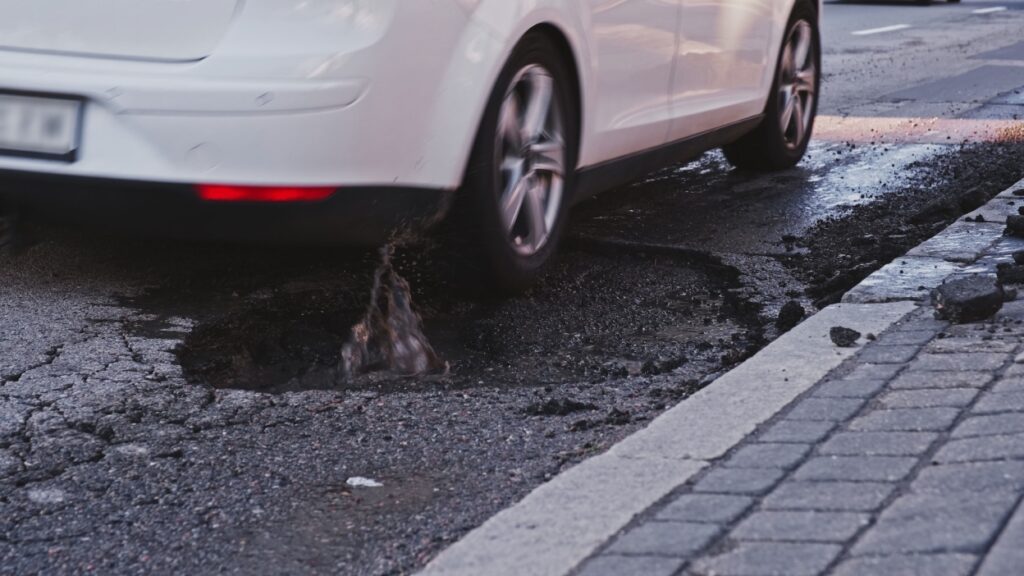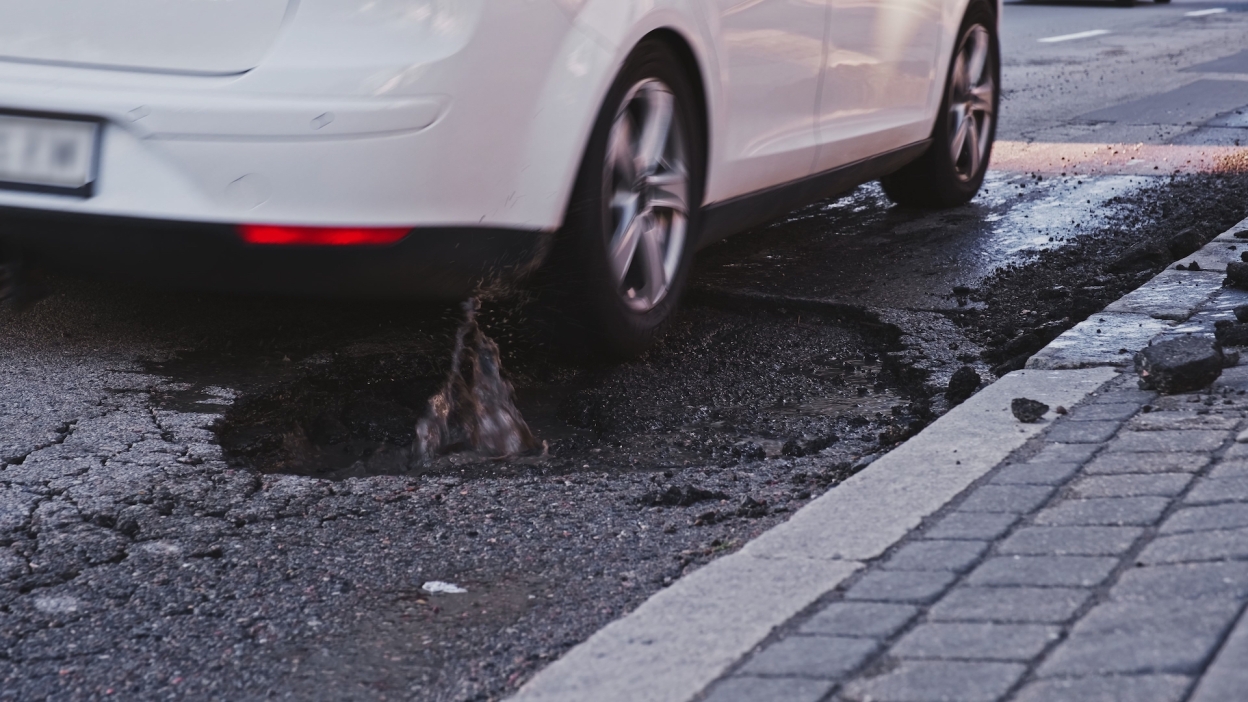Protect Your Vehicle from Costly Pothole Repairs

Late winter and early spring bring treacherous road conditions, particularly in regions where fluctuating temperatures lead to the rapid formation of potholes. These road hazards develop as moisture seeps into cracks, expands during freezing temperatures, and gradually weakens the pavement. Constant traffic further deteriorates the surface, and municipal repairs often lag behind, increasing the risk of vehicle damage.
To avoid expensive repairs to your steering system, suspension, wheel rims, and tires, proactive measures must be taken to minimize pothole-related harm.
Regularly Check Tire Pressure and Tread Wear
Maintaining optimal tire pressure is crucial for mitigating pothole impact. Ensure your tires are inflated to the manufacturer’s recommended levels and inspect them monthly, especially during colder months when pressure drops more rapidly. In addition to monitoring pressure, check tread depth regularly, as worn-out tires are more susceptible to damage. Vehicle alignment and suspension should also be examined by a professional to ensure they remain in peak condition.
Adjust Your Speed for Safer Driving
While avoiding every pothole may not always be possible, reducing your speed within safe limits can significantly decrease the likelihood of severe damage. Staying alert and scanning the road ahead allows for quicker reaction times, preventing abrupt swerving, which can endanger other drivers, cyclists, and pedestrians. Slower speeds also reduce the force of impact on your vehicle’s suspension and wheels. Be particularly cautious when driving through puddles, as they may conceal deep potholes.
Maintain a Controlled, Straight Path
Swerving to bypass potholes can increase the risk of damage, particularly to your tire sidewalls. If possible, position the pothole beneath your vehicle while staying within your lane. When direct impact is unavoidable, drive over it slowly and avoid slamming the brakes at the last moment. Instead, ease off the brakes just before impact, allowing the wheels to roll smoothly through the pothole. If traffic allows, lightly tapping your brakes can also alert drivers behind you to the road hazard.
Assess the Impact Immediately
After striking a pothole, do not ignore potential damage. Pull over in a safe location and inspect both front and rear tires for visible harm. Pay attention to any vibrations, pulling sensations, or unusual noises while driving, as these could indicate alignment issues or suspension damage. Additionally, keep an eye on tire pressure over the following days, as a slow leak may develop instead of an immediate blowout. If you notice uneven tire wear or experience handling problems, consult a professional mechanic for a thorough inspection.
By implementing these proactive driving habits and vehicle maintenance practices, you can reduce the risk of pothole damage and extend the lifespan of your car’s essential components.














